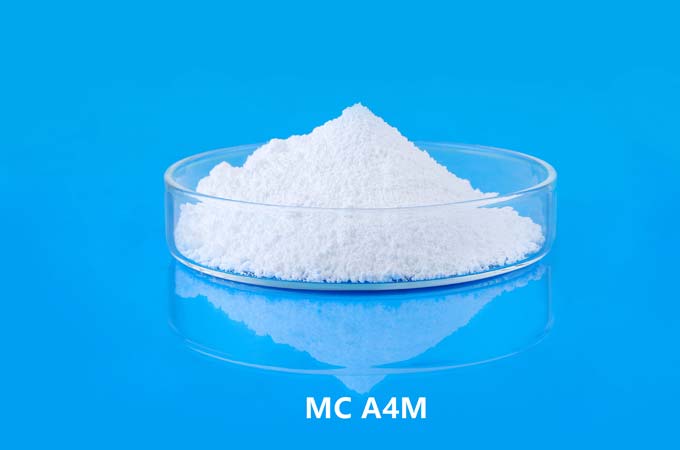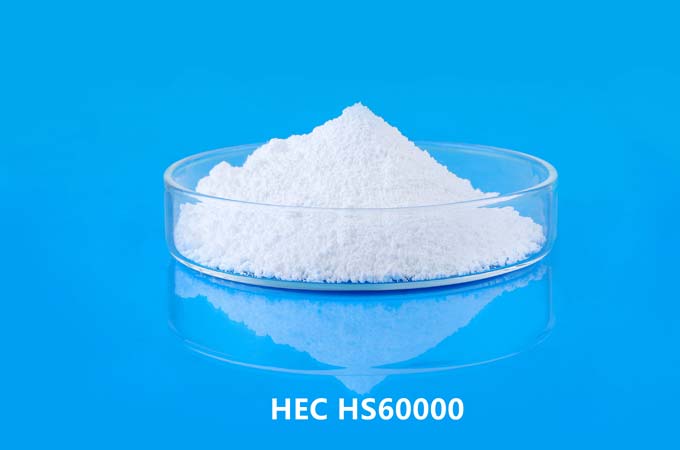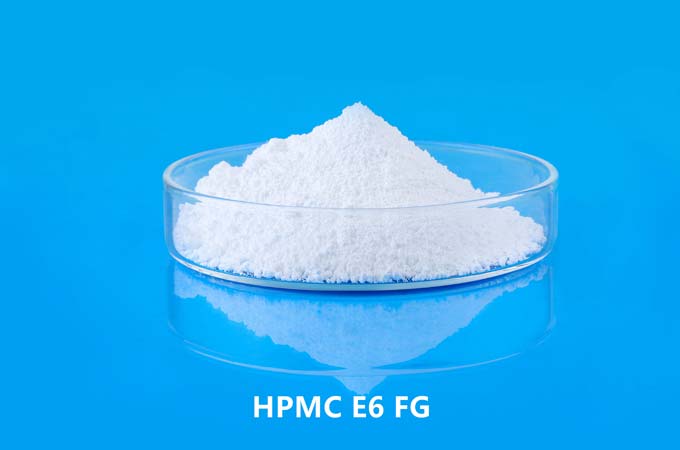Cellulose ethers are a class of non-ionic or ionic polymer compounds modified from natural cellulose by etherification reaction. It retains the basic skeleton structure of natural cellulose, and at the same time, by introducing different etherification groups (such as methyl, hydroxypropyl, carboxymethyl, etc.), it has good water solubility, thermal stability, film-forming, adhesion, emulsification, thickening and other properties. It is widely used in building materials, medicine, food, daily chemicals, oil drilling and other industries.
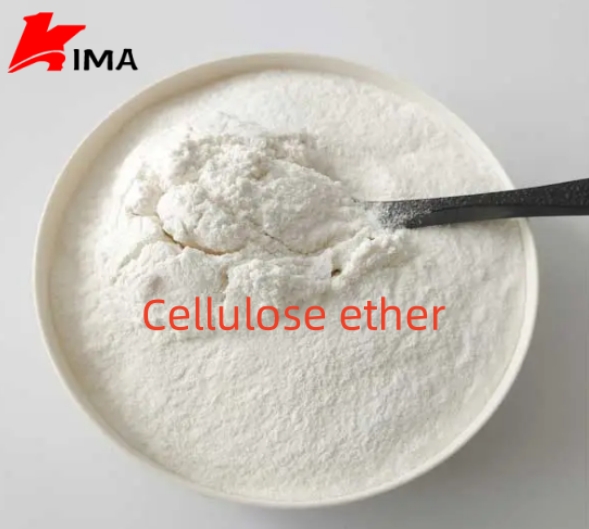
1. Preparation principle of cellulose ethers
Natural cellulose is a linear polymer composed of D-glucose units connected by β-1,4-glycosidic bonds. The molecule contains a large number of hydroxyl groups (each glucose unit contains three hydroxyl groups). These hydroxyl groups are easy to react with etherifying agents to form cellulose ethers. The usual preparation steps include: alkalization treatment, etherification reaction and neutralization, washing, drying and other processes. Common etherifying agents include chloroacetic acid, methanol, propylene oxide, methyl chloride, etc.
2. Main classification of cellulose ethers
Cellulose ethers can be divided into the following categories according to the different substituent groups introduced and the difference in solubility:
2.1. Non-ionic cellulose ethers
The substituent groups of this type of cellulose ether are usually non-ionic, such as methyl, hydroxypropyl, etc. Its aqueous solution is neutral or weakly acidic, and has good water solubility, thickening, water retention and film-forming properties.
Methyl cellulose (MC)
Made by methylation reaction, it has good thermal gelation and emulsification properties and is widely used in food, construction, medicine, daily chemicals and other fields. Its characteristics are that it forms gel after heating and dissolves after cooling, and it is a representative of thermoreversible gel materials.
Hydroxypropyl methyl cellulose (HPMC)
It is double-substituted by methyl and hydroxypropyl, and is the most commonly used construction-grade cellulose ether variety. It is used in dry mortar, coatings, glues, etc., and has excellent solubility, water retention and adhesion. Its solubility is not affected by pH, and its thermal gelation temperature is higher than MC.
Hydroxyethyl Cellulose (HEC)
Mainly used in water-based latex paints and oilfield drilling fluids, with stable viscosity, excellent salt resistance and thickening properties. Can be used in alkaline environments.
Hydroxypropyl Cellulose (HPC)
It has excellent solubility and film-forming properties, is soluble in hot water and some organic solvents, and is widely used in drug controlled release agents and capsule materials.
2.2. Ionic cellulose ethers
This type of cellulose ether molecule contains charged groups, which exhibit anionic or cationic properties. It is soluble in water and can react or form complexes with substances with opposite charges.
Sodium carboxymethyl cellulose (CMC-Na)
It is the most commonly used anionic cellulose ether with good solubility and emulsification properties. It is used in food (thickener, stabilizer), medicine (suspending agent, adhesive), daily chemical (toothpaste) and other fields. CMC has high viscosity and is greatly affected by pH and electrolytes.
Cationic Cellulose
Made by introducing quaternary ammonium salt groups, it can combine with negatively charged colloids or molecules and is used in papermaking sizing, fabric softening and sewage treatment.
2.3. Other modified cellulose ethers
Cross-linked cellulose ethers: improve their swelling and gel properties through cross-linking reactions, and are often used in controlled-release drug preparations.
Biodegradable cellulose ethers: in recent years, for the purpose of environmental protection and sustainable development, cellulose derivatives that can be degraded in the natural environment have been developed.
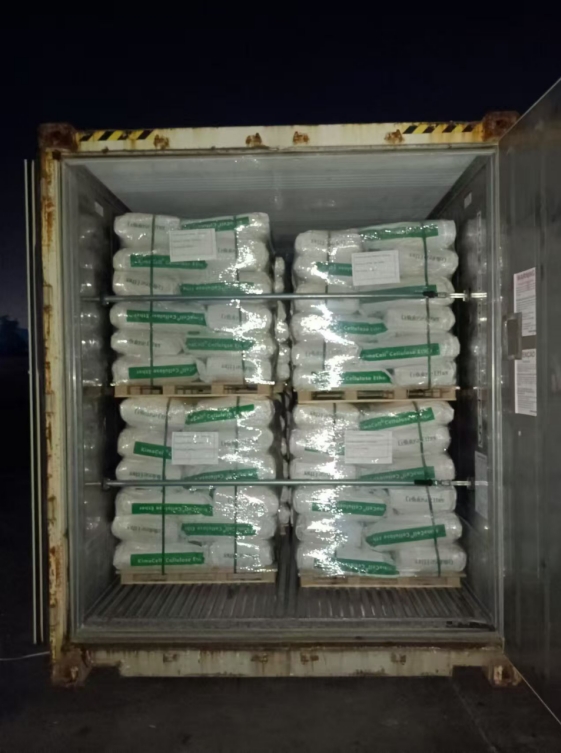
3. Application areas
Construction industry: such as used in dry mortar, tile adhesive, putty powder, concrete additives, etc., to play the role of thickening, water retention, and extending construction time.
Pharmaceutical industry: used as tablet adhesives, capsule shells, controlled-release agent matrices, eye drops thickeners, etc.
Food industry: as thickeners, emulsifiers, stabilizers, etc., such as used in jelly, beverages, and condiments.
Daily chemical products: used in toothpaste, shampoo, and skin care products to play a thickening and stabilizing role.
Petroleum industry: used in drilling fluid to improve liquid viscosity, suspension performance and lubricity.
Papermaking industry: improve paper surface properties and enhance printing suitability.
As a green, renewable, high-performance functional material, cellulose ether has broad application prospects. With the advancement of technology and the growth of market demand, cellulose ether varieties are constantly enriched and performance is continuously optimized. It continues to consolidate its position in traditional fields, and also shows broad development potential in emerging fields (such as 3D printing materials, biomedical materials, and environmentally friendly materials). In the future, green environmental protection, high efficiency, and functional diversification will be important directions for the development of cellulose ether.
 English
English 日本語
日本語 français
français Deutsch
Deutsch Español
Español italiano
italiano русский
русский português
português العربية
العربية Türkçe
Türkçe Nederland
Nederland


